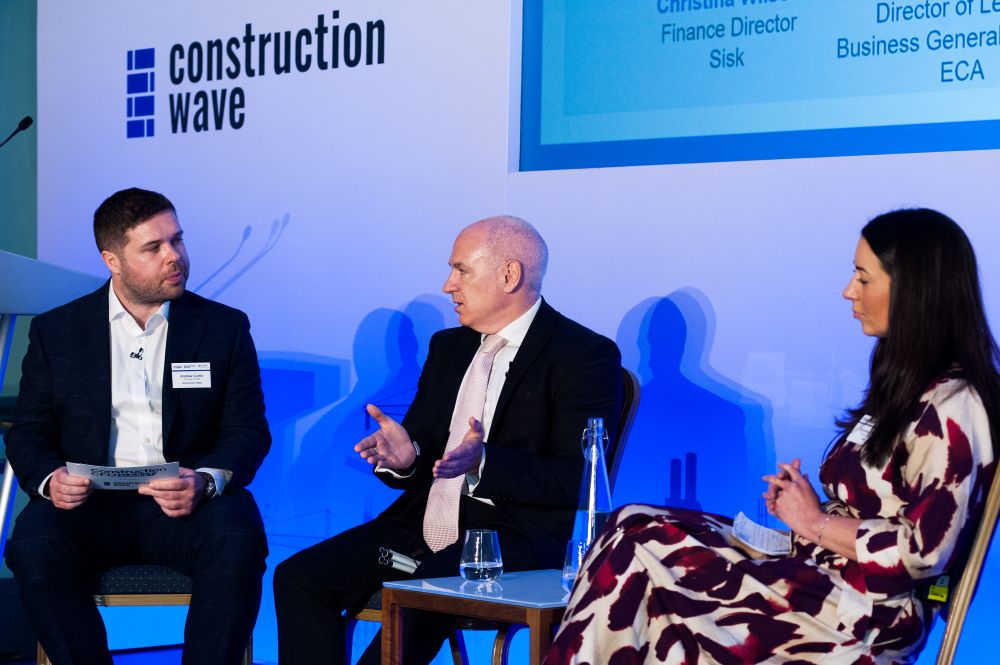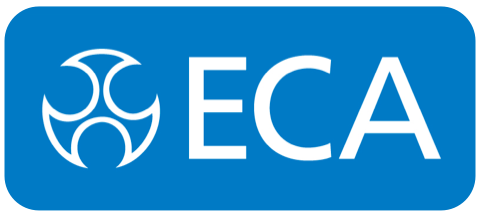
I was recently invited by ECA Commercial Associate, Pay Apps, to talk on fair payment to the Construction CFOs Summit, hosted by Construction Wave, at the Institute of Directors.
Together with Christina Wilson, Construction Services Finance Director for Sisk, we outlined the limited success the Fair Payment Code has had in under 6 months since it was rebranded from the Prompt Payment Code.
I spoke about the value of codes and charters as a collective watermark around which industry players can coalesce, but also expressed caution as:
- less than 300 signatories existed to the new code.
- its tiered gold silver and bronze system could lead to confusion in the market over the significance of the code.
- bronze simply equates to compliance with the law so had little value, and
- without being a pre-requisite to win more work with major clients like public sector, the code would have limited value in driving uptake and success.
I didn’t write the code off, it has a value, but as part of a wider network of fair and late payment initiatives – including PBAs, digital payment systems, digital parallel project payments, interest and compensation on late payment, and the Procurement Act, to name but a few.
There is a dilemma in this industry which traditionally relies on delayed payment periods. The longer the payment periods are, the less attractive the client is as a long-term prospective commercial partner. In other words, high quality, well managed suppliers migrate to work for fair and well managed clients who pay fairly and on time. Therefore, those that want longer payment periods and pay late, find that only the low quality suppliers will work for them who carry a higher risk of insolvency mid-project.
Disruptors such as Pay Apps have been incredibly useful – by introducing technology to report on payment times/amounts etc., the lid has been lifted making payment data transparent. Many in the mechanical and engineering market now see this technology as a staple of their operational infrastructure to underpin collaborative relationships.
It comes down to balancing risk appetite versus cash-flow versus long-term quality and brand integrity.
As an industry our economic health depends on healthy cashflow and improved payment periods/amounts.
